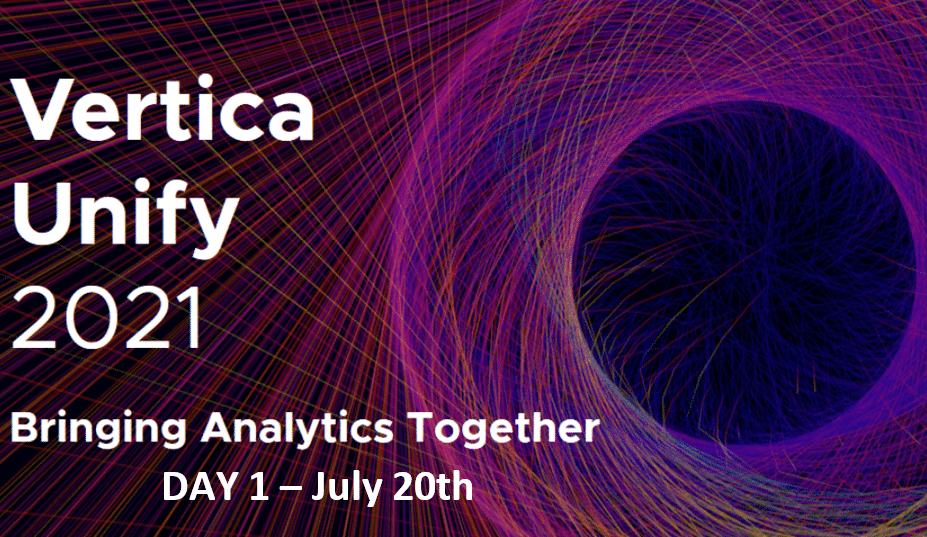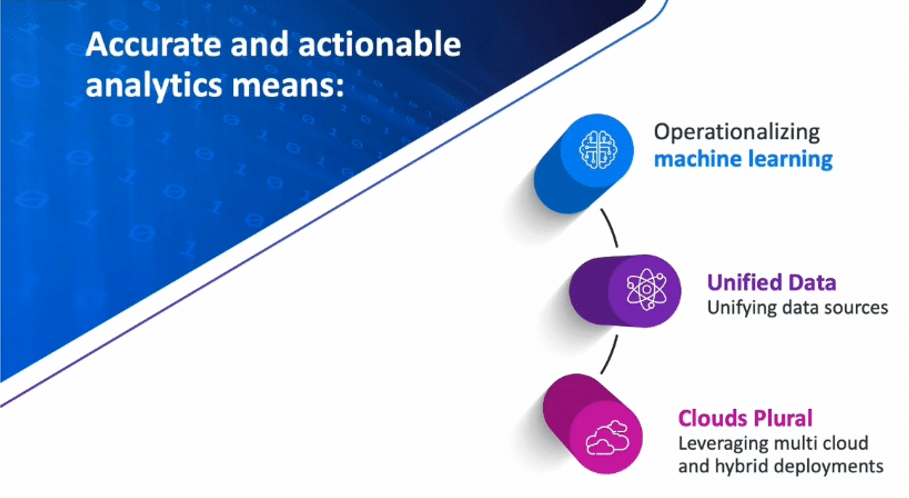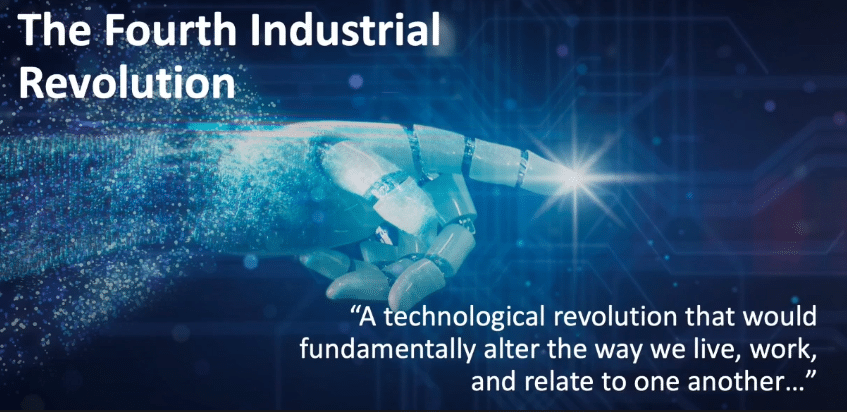
Introduced by Joy King, Vertica’s VP of Product & GTM Strategy, Colin Mahony, SVP and General Manager of Vertica, kicked off today’s Vertica Unify 2021 by explaining Vertica’s founding philosophy and sharing “some of the advancements we’ve made most recently, as well as the direction we’re going in future.” That included the announcement of Vertica 11, which demonstrates how “Vertica continues to evolve as a product, and a team devoted to data analytics.”
Vertica 11 offers more in-database machine learning capabilities with the latest release of the VerticaPy open source Python library, which now includes expanded machine learning functionality, connection, and data exploration capabilities as well as graphical capabilities. In addition, this release offers a new, open sourced Apache Spark Connector that supports Spark 3.0 and Scala 2.12 with S3, SSO, and parallel read/write support, significantly improving performance. Additional features include an XG Boost algorithm, increased PMML integration, and customized time series algorithms.
This new release also introduces stored procedures for the purpose of automating the information lifecycle from ELT, through data preparation, to the ML pipeline. This will enable users to automate their execution and facilitate metadata collection for auditing and forensics.
The three tenets of Vertica’s direction
Mahony explained the three tenets that define Vertica’s current directions, and how they support accurate and actionable analytics.

- Operationalizing machine learning – There has long been lots of hype and talk about machine learning for years, as Mahony noted. “But what’s different today is you have enough processing power, and enough data… what’s still lacking is a way to actually operationalize those things, to bring all the detailed data, your models, things like Python, bring other types of algorithms into the mix, to prepare the data score models,” and then execute on what you find. “And this is not a one-and-done thing. You have to do it, and re-run it.
- Unified Data – “A storage disruption has occurred, whether its HDFS, S3, the ability to store vast amounts of data has spoken. And now everybody’s trying to figure out ‘What can I do with that data?’” Most of today’s data lake vendors simply are not good at SQL, concurrency, performance, scale, and transactional integrity. But these are things Vertica has been very good at since Day 1. “We are able to integrate with so many different environments to truly make that goal of operationalized machine learning and AI a reality. You’ve got to be able to unify your data, to leverage the storage disruptions.” Vertica makes this possible.
- Public cloud – the cloud has been a huge disruption, and the elastic nature of the cloud is very powerful. “But our customers don’t want to be locked in to a particular environment. Being able to take a platform and run it on clouds, plural, move from one cloud to another, or operate in hybrid environments … never has that been more important to our customers. We are committed to making Vertica optimized on all three of the major public clouds, as well as private cloud environments, especially with the work we’re doing in containers, Eon Mode,” and other endeavors.
With actionable, accurate analytics, “We have the power to protect the environment,” Mahony said, “to transform if not create entire industries, and of course, near and dear to all of us this year with COVID-19, we can improve the health of humans and animals alike.”
How Jeff Ma got to be data driven
Following Colin Mahony, Jeff Ma – from the MIT Blackjack team that inspired the movie 21 – explained how he convinced a friend to collaborate on a book about “going to Las Vegas and using math to beat the casinos.” This led to Bringing Down the House, a NY Times best seller for over a year, and the basis for the highly successful movie 21.
“In the end, people did want to read a book and see a movie about a bunch of MIT nerds. And we feel that at this kind of conference, the nerds are still flourishing.” Ma went on to describe Blackjack as a unique mode of gambling, where it’s possible to win by studying the past (the played cards) and making reasonable predictions about the cards left to be played. Which is much like studying collected data in any situation to predict what comes next.
Ma peppered his engaging talk with observations about what Blackjack teaches you: Human beings are very emotional, and make too many decisions based on “omission bias” – the belief that harmful actions are worse than harmful inactions. Also, that people would rather fail conventionally than unconventionally. Don’t fall for “group think” when data is available to help you make decisions you never would have made before.
Jeff Ma’s portion of today’s opening keynotes begins around minute 24 in the recording.
The 4th Industrial Revolution and Jaguar Racing
Amy Fowler, VP of Strategy and Solutions for Pure Storage, began her talk with a discussion of the Fourth Industrial Revolution (4IR), a concept introduced in 2015 by World Economic Forum founder and executive chairman Klaus Schwab. The idea is that advances in computing capability, focused on communication and connectivity, will define a new revolution in decision-making among other organizational needs. For Fowler, 4IR is particularly relevant to digital transformation, given that CEOs across the globe are betting on technology like never before.

She emphasized the need for fast and unified storage, which is why cloud-native architectures and on-prem data centers can work together via Pure Storage FlashBlade technology. She noted that Pure and Vertica in Eon Mode – by separating compute from storage, providing massive data capacity, performance, and operational ease of use – are powerful tools in helping today’s businesses compete with data analytics.
Today’s keynotes concluded with Phil Charles, technical manager at Jaguar Racing, who explained what attracted him away from Formula 1 to Formula E. “Championship has two main strings: Development of the cars is focused around leading edge tech; and the racing is super close, and very exciting.”
He noted that a race series “is one of the best and fastest ways to push technology forward. Put a load of great people in a scenario where they’re competing against each other, and the fruits of the labor” are measurable quickly. With powerful analytics and ML, “Vertica can give us access to over ½ billion data points on which we can run analytics and ML that enable us to glean impactful results,” Charles said.
“Vertica analytics and ML ultimately delivers an edge that leads to more points, podiums, and wins for Jaguar Racing,” he concluded. “There may only be a few seconds or less between first and second place. But the difference for business success is huge.”
Listen to the complete recording of the Vertica Unify 2021 opening keynote addresses, and stay tuned for more talks, technical breakout sessions, and the Developer Lounge in the days ahead. And don’t miss Thursday morning Data Disruptor Awards, as well as the Data Gals Panel!






